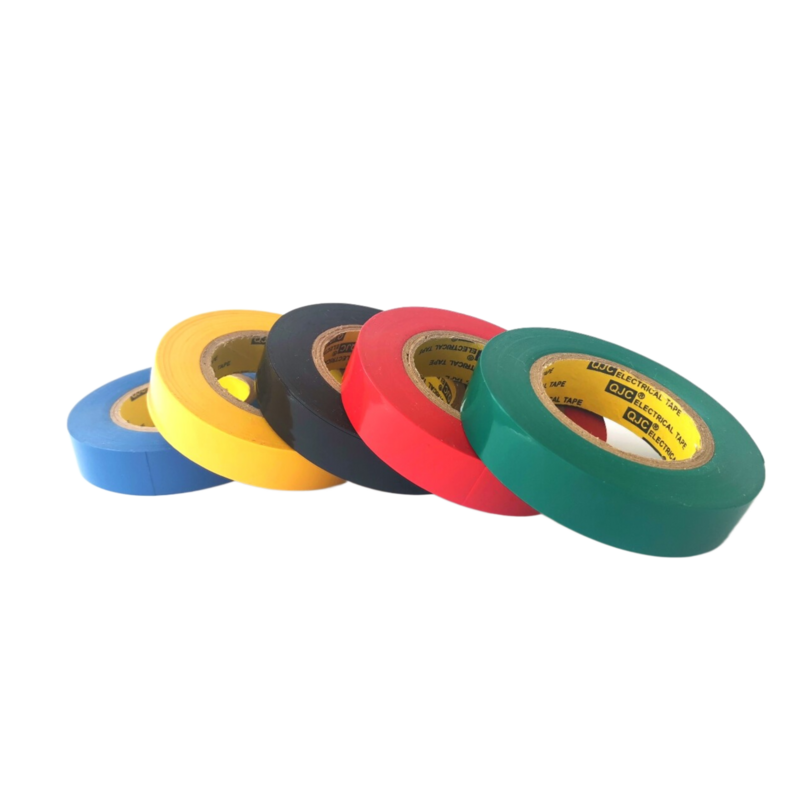Understanding Floor Marking Tape Prices An In-Depth Look
In today's fast-paced industrial and commercial environments, floor marking tape has become an essential tool for enhancing safety, improving organization, and promoting efficiency. Whether it's in warehouses, factories, hospitals, or offices, the use of floor marking tape helps to delineate walkways, designate hazardous areas, and create clear pathways for pedestrians and vehicles alike. However, one critical factor that often comes into play when selecting the right floor marking tape is its price. By understanding the various aspects that influence floor marking tape prices, we can make informed purchasing decisions.
What is Floor Marking Tape?
Before delving into pricing, it’s essential to understand what floor marking tape is. Floor marking tape is a type of adhesive tape designed to be durable and highly visible. It is typically made from vinyl or similar materials, which provide a robust and long-lasting solution for marking floors. The tape is available in various colors and patterns, making it suitable for different applications, including safety signage, social distancing markers, and traffic flow guides.
Factors Influencing Floor Marking Tape Prices
1. Material Quality The type of material used to manufacture floor marking tape significantly impacts its price. High-quality tape made from industrial-grade vinyl tends to be more durable and resistant to wear and tear, which can justify a higher price point. On the other hand, lower-quality options may be more affordable but might not last as long, leading to additional costs over time.
2. Thickness and Width Floor marking tape comes in various thicknesses and widths. Thicker tapes can withstand heavier loads and are more visible, which often means they come at a premium. It's crucial to assess the specific needs of your environment to choose the appropriate thickness and width, balancing cost against functionality.
3. Adhesive Strength The adhesive used on floor marking tape is another factor that affects its price. Tapes with stronger adhesives are designed to adhere better to different surfaces, ensuring longevity and reducing the risk of peeling or lifting. While these options may be more expensive initially, they can save costs on replacements and repairs in the long run.
floor marking tape price

4. Design and Functionality Some floor marking tapes come with additional features such as glow-in-the-dark properties, anti-slip surfaces, or pre-printed designs. These specialized tapes can be more expensive than standard options but may be necessary for specific applications, such as in manufacturing facilities where safety is a primary concern.
5. Brand and Supply Chain Factors Like many products, the brand can influence the price of floor marking tape. Established brands with a reputation for quality may charge more due to their reliability. Additionally, fluctuations in the supply chain, including the availability of raw materials and shipping costs, can impact prices, leading to variations depending on the retailer or supplier.
Average Price Range
While prices can vary widely based on the factors mentioned above, floor marking tape typically ranges from $0.50 to $2.50 per linear foot. Bulk purchases may offer significant discounts, and some manufacturers may provide custom solutions that can affect the overall cost. It’s essential to compare prices across different suppliers to find the best deal while ensuring the quality and compatibility of the tape with your specific needs.
Making an Informed Decision
When considering floor marking tape, it's crucial to look beyond just the price tag. Analyzing the quality, durability, and specific requirements of your workplace can lead to a better investment in the long run. It’s often worthwhile to invest more upfront in a superior product that meets safety and organizational needs rather than opting for cheaper alternatives that may need frequent replacement.
In conclusion, while the price of floor marking tape is a significant consideration, it’s equally important to understand the various factors that influence it. By choosing the right tape based on quality, durability, and functionality, organizations can create a safe and organized environment while ensuring cost-effectiveness.
-
XIANGFAN Rubber Tape-Ultimate Solutions for All Your Insulation NeedsNewsJun.24,2025
-
XIANGFAN Rubber Tape-Protection for Industrial and Residential ApplicationsNewsJun.24,2025
-
XIANGFAN Rubber Tape: Superior Safety and Sealing for Demanding EnvironmentsNewsJun.24,2025
-
XIANGFAN Rubber Tape: Reliable Solutions for Every Electrical ChallengeNewsJun.24,2025
-
XIANGFAN Electrical & Industrial Tape: Powering Reliability Across IndustriesNewsJun.24,2025
-
XIANGFAN Electrical & Industrial Tape: Excellence in Every ApplicationNewsJun.24,2025
